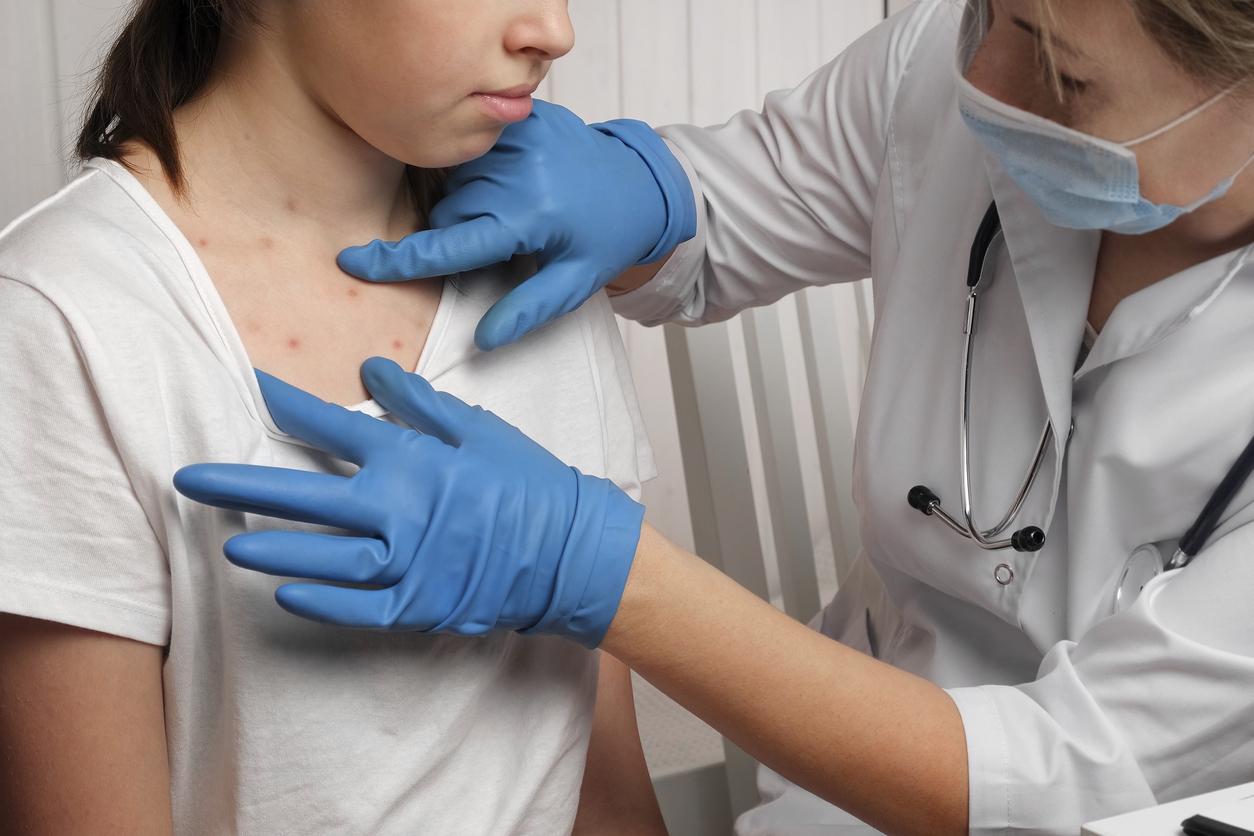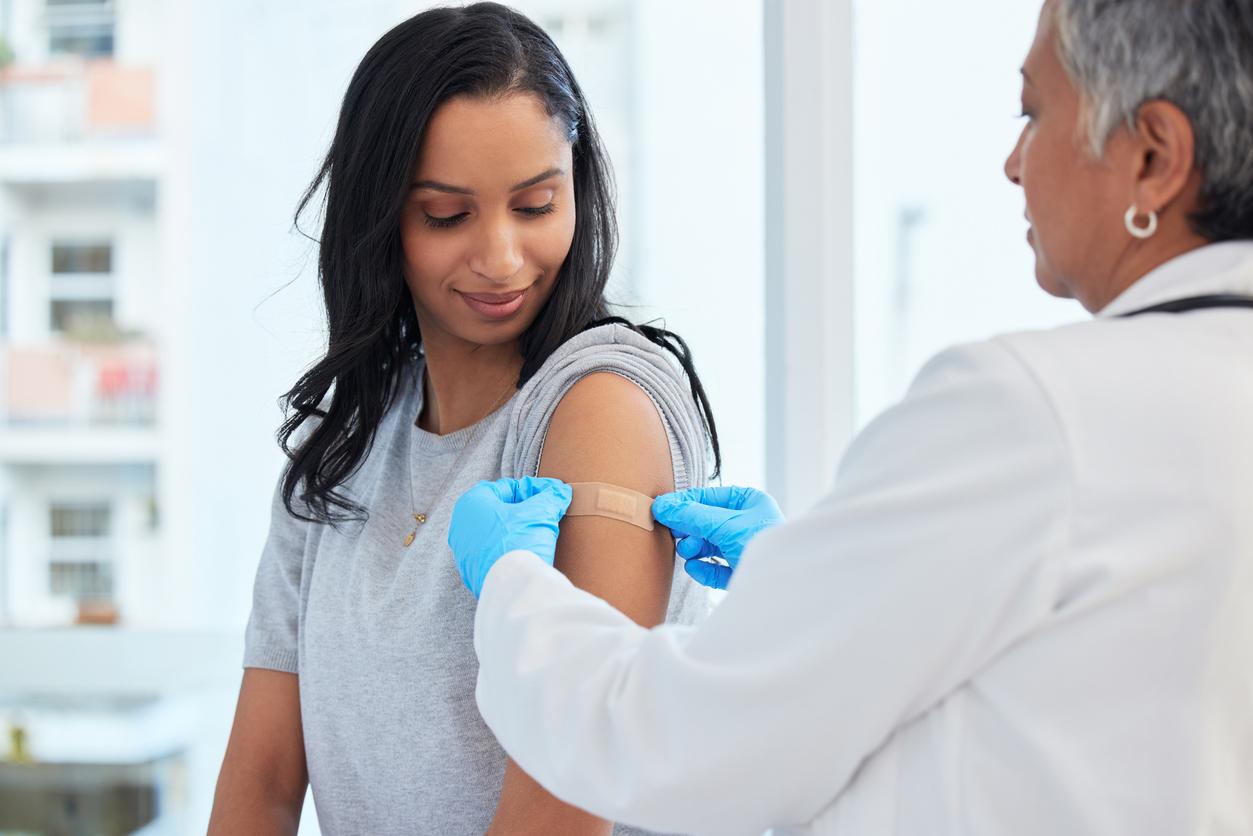If it takes less than a week for the coronavirus to spread between two people, more than one in ten patients has been infected by an individual with the virus without showing symptoms. This is revealed by a study conducted by an international team of researchers.
-1584445658.jpg)
- A person infected with the coronavirus takes on average only 4 days to infect another
- The speed of spread of the coronavirus is rapid
- 10% of people infected were infected by asymptomatic patients
How fast can the novel coronavirus spread? This is the question answered by infectious disease researchers from the United States, France, China, and Hong Kong.
A mean serial interval of four days
In a study to be published in the medical scientific journal Emerging Infectious Diseasesthe team measured the serial interval of the virus, that is, the length of time it takes for the infection to spread through the population.
The researchers thus focused on the time it takes for symptoms to appear in two individuals with the virus – the person who infects another, and the second infected. Result: The average serial interval for the new coronavirus in China is four days.
“This coronavirus could spread like the flu”
Two factors determine the speed at which an epidemic spreads: the number of people infected by each case, or the reproduction rate, and the serial interval of the virus.
“Ebola, with a serial interval of several weeks, is much easier to contain than influenza, whose interval is only a few days. Public health responders to Ebola outbreaks have much more time to identify and isolate cases before they infect otherssays Lauren Ancel Meyers, lead author of the study and professor of integrative biology at the university of texas at austin (United States), in a article published on the institution’s website. Data suggests that this coronavirus could spread like the flu. This means we must act quickly and aggressively to combat the emerging threat..”
Asymptomatic transmission
To carry out their work, the researchers examined more than 450 cases of infection recorded in 93 Chinese cities. From this data, they found that people without symptoms can transmit the virus. According to the study, more than 10% of patients were infected by individuals with the virus, but who did not yet feel sick.
“This shows that extensive control measures, including isolation, quarantine, school closures, travel restrictions and cancellation of mass gatherings, may be warranted.assures Lauren Ancel Meyers. Asymptomatic transmission certainly makes containment more difficult.”
The need to put in place “extreme measures”
The professor points out that with hundreds of new cases emerging around the world every day, the data could paint an entirely different picture.
“Our findings are supported by examples of silent transmission, as well as the increase in cases recorded in hundreds of cities around the world.continues Lauren Ancel Meyers. This tells us that hotbeds of Covid-19 can be hard to reach and require extreme measures.”

.
















